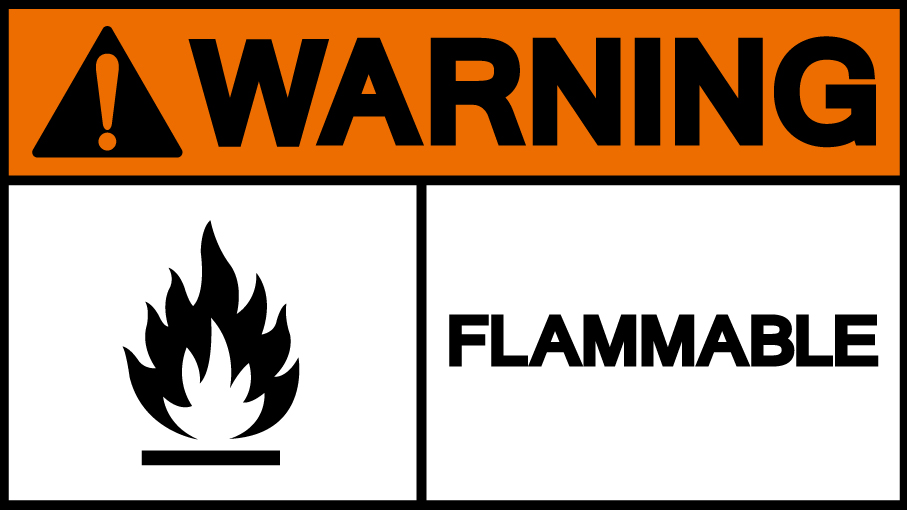A potentially explosive location is a workplace where flammable substances such as gases, vapours, mists or dusts could be triggered by potential ignition sources damaging both the same location and workers likewise.
Underground mines, oil & gas drilling rigs, petrochemical plants, fuel depots, energy production plants, food processing plants and distil factories, pharmaceutical plants, wastewater treatment plants are some of the environments where hazardous conditions may occur.
In all such cases suitable measures must be taken, creating safety conditions to prevent explosions from occurring or to limit any damage caused by flaming.
For this condition to be met, products installed in such locations must be subject to proper safety measures. Let's see the main methods and contexts for protection.
Different safety measures
One of the main safety measures is certainly the increased safety: based on prevention, it removes the release of electrical energy and limits the surface temperature at product level.
Intrinsic safety is a further measure, which contains the release of energy below the minimum ignition level of the explosive mixture.
Separating the cause of ignition from the fuel/combustion mixture, however, a safety measure such as immersion or encapsulation using mineral oil or compound may apply. A further protection measure is pressurization. In this case, a slight overpressure is generated in the product's case, so that the latter, with a higher pressure inside, does not permit the intrusion of any external explosive atmosphere.
Besides these kinds of protection there are other measures which allow the ignition to be triggered even containing it. A less used category is the powder filling method; more common, instead, is the flameproof method, which provides for an enclosure accommodating the product, strong in terms of its mechanics, to contain the explosion on the inside, avoiding that any flame generated can ignite the external explosive atmosphere through the enclosure joints.
The most suitable safety strategy is determined by the situation
The choice of the most suitable type of protection differs according to the size and type of products, as well as the location and environment thereof.
The flameproof safety method, for instance, requires a very strong enclosure, suitable for medium sized and mechanically strong products. As a matter of fact, the extent of the possible explosion is directly related to the size of the product, therefore a strong and heavy-duty case is essential, resulting in huge costs. In the case of extra-large sizes, the most popular option is pressurization, not suitable for small cases as the use of steady pressure implies certified electronic and pneumatic devices capable of supplying inert gases, such as air or nitrogen, inside the product, keeping it at a slight overpressure.
The encapsulation method, on the other hand, is not suitable for products with movable elements, since such movement would be prevented (e.g. switches). It is instead suitable for small devices such as transformers, solenoid valve coils, electronic sensors, which can be covered with little resin and have no moving parts. One of the negative aspects of this safety method is that maintenance can no longer be carried out as the resin prevents access to the product and its circuit. Oil immersion could overcome these limits, although other difficulties arise: a special oil and collection tanks near the product are required to ensure proper maintenance. This is why it is only used for a limited number of cases, including power transformers.
Such types of protecion may apply in different ways, depending on the danger of the installation area of the product. In addition, some types of protection are only suitable for installation in zone 2, the less hazardous one:
- nC: non-incendive or sealed;
- nR restricted breathing.
Which limits in the types of protection?
The pressurization has no restrictions in terms of product size, however it requires a certified control unit to monitor the pressurization in the same product: it is therefore advisable only when the case is very large.
On the other hand, flameproof measure is a purely mechanical safety system, whereby suitability is reversely dependent on the case size: in case of over-sized products, the thickness of the case suitable to withstand the internal pressure generated would become too high to justify the material costs.
Increased safety cannot cope with products with electrical sparks, such as switches, relays, moving electrical cables. Usually main implementations are terminals, inductors, engines, lighting fixtures or some small power supply units.
Intrinsic safety applies only to small electronic devices: based on energy-limitation, this is a type of protection not applicable to products requiring it a lot.
Conclusions
Many kinds of safety approaches can be used to ensure safety in a potentially explosive location. Being able to assess the most suitable one according to the characteristics of the product and the hazard-level of the environment plays a key role.


